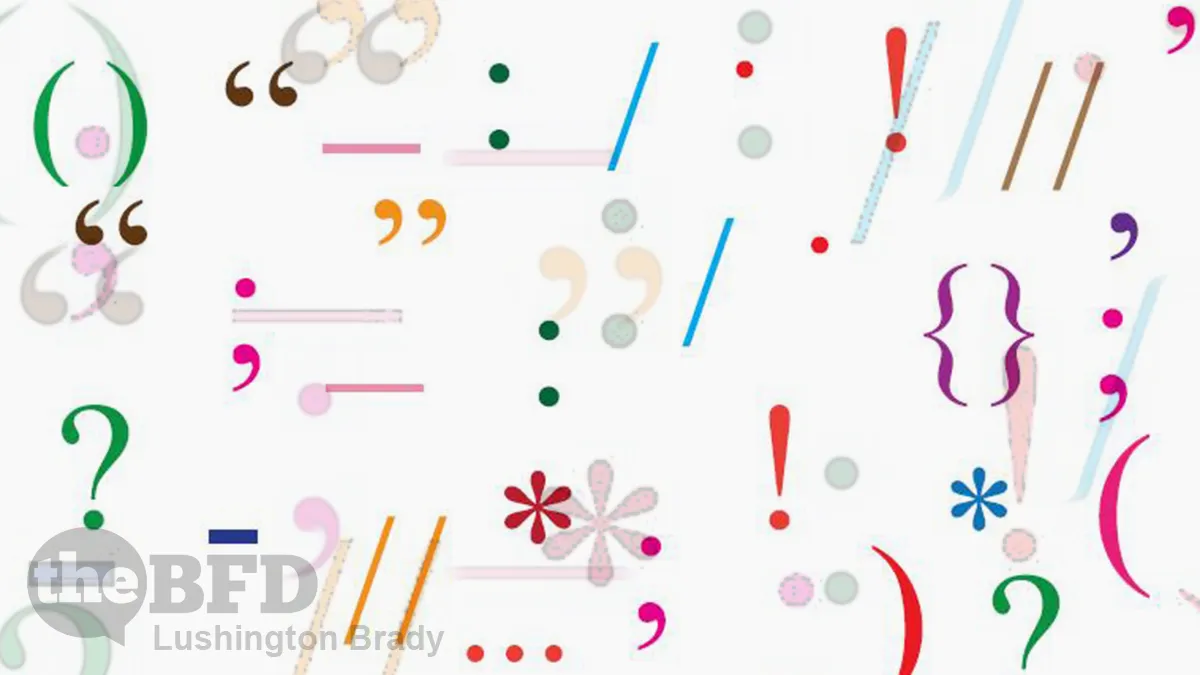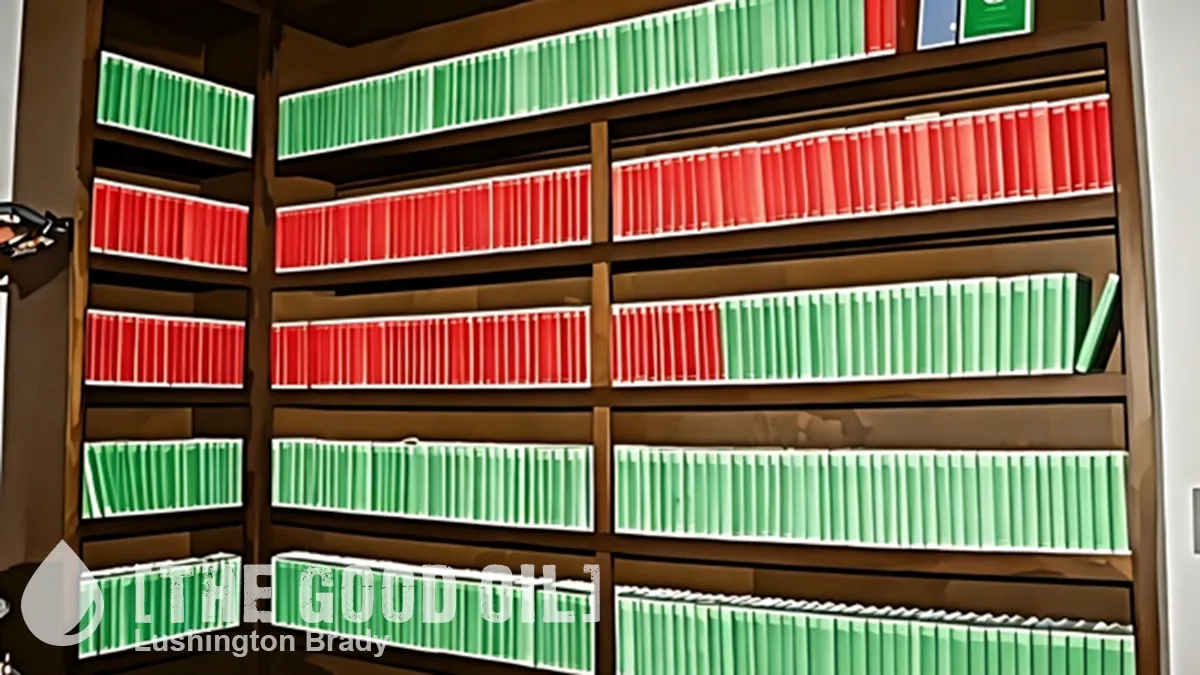If you’ve ever slogged your way through Jack Kerouac’s stream-of-consciousness prose poetry, like the infamous two-page last sentence of On the Road or the whole of Maggie Cassidy, you’ll appreciate the importance of punctuation. As the old joke goes, it’s the difference between helping your uncle, Jack, off his horse, and helping your uncle jack off his horse.
But do you ever wonder where all the punctuation marks we take for granted came from? A surprising number of them originated in the Middle Ages, but some are much older. But they still had to start somewhere.
In the Classical Era, when the Greeks and Romans placed heavy cultural emphasis on rhetoric – the art of public speaking – rather than writing, textswereliterallywrittenwithnopunctuationorspacingorevenupperorlowercase. Phew. Was that as much of a slog to read as it was to write? Certainly, the third century BC Greek/Egyptian librarian Aristophanes of Alexandria thought so.
Aristophanes pioneered a rudimentary system of punctuation involving dots aligned with the middle (·), bottom (.) or top (.) of each line. His ‘subordinate’, ‘intermediate’ and ‘full’ points were meant to indicate pauses of increasing length that corresponded with formal units of speech called the comma, colon and periodos. The great Roman speaker Cicero said that these should be used to set the rhythm of the speech.
The Romans experimented for a while with separating words.with.dots, but soon dropped it. In any case, rhetoric was still king. But as Christianity spread through the empire, so did the Christians’ preference for the written word. By the end of the seventh century, Isidore of Seville explicitly connected punctuation with meaning for the first time.
Punctuation was here to stay.
Probably the oldest unchanged punctuation mark is the asterisk. Aristarchus of Samothrace used them in the second century BC when correcting mistakes in Homer and Origen did the same thing in Alexandria in the second century AD with his Hebrew texts.
The ampersand is also very, very old: at least 2000 years. It is a morphed-together form of the Latin word et, meaning and. It was often read aloud as “and per se &”, eventually compressed into “ampersand”. Eventually, just the & symbol survived from this rather tortuous construction.
Question marks, of various forms, have been around since the fifth century, when Syriac Bible manuscripts used a vertical double dot over the first word of a sentence to indicate that the sentence was a question (much as written Spanish does today). Between the eighth and 16th centuries, a kind of curved ‘lightning flash’ gradually evolved into a “point of interrogation”. It was finally in the 1850s that the term “question mark” was first recorded.
The exclamation mark is believed to have originated with the Latin io, an expression of joy, somewhat like ‘hooray’. Fourteenth century mediaeval writers placed this at the end of sentences for emphasis. Over time, the i was placed over the o, and ! was born.
The colon evolved from Aristophanes’ middot, but became doubled up. It was used, as Aristophanes originally intended, to indicate a medium-length pause. By 1589, the English word colon was attested, which “occupied twise as much time as the comma”. A 17th century Shakespeare folio used a colon followed by a hyphen (:-). Known as the “dog’s bollocks”, this construction was once common in British English, but has recently died out. Its modern usage, such as indicating the beginning of a list, is also more recent.
The semicolon was likewise originally used to indicate pause length in reading aloud, between a full stop and a colon or comma. By the 18th century it acquired its modern meaning as a way of connecting two sentences related by meaning but not syntax.
Changing technology has also had a big influence of the use of punctuation marks. Parentheses originated in Greek rhetoric, referring to the inclusion of supplementary information in the middle of a speech. Parentheses were called “lunula” (moon shaped) by Erasmus in the 16th century. But in the 13th century, chevron brackets (< >) were used. Chevron brackets eventually lost to the lunula in normal text, but found a new life in computer code.
The hyphen was first used by the grammarian Dionysius Thrax, a pupil of Aristarchus of Samothrace, in 100 BC. But he wrote them like this: ?. Because proper letter spacing had still not come into being, Dionysius used it to indicate that two words should be read together. Its use in forming compound words continued during the Middle Ages after letter spacing had become common. It was also used in manuscripts to join together words that were incorrectly spaced or broken across lines.
But when Gutenberg invented the printing press the ? was practically impossible because it was below the line of letters in a row of type. So, he moved it to the middle of the line and creating the – we all know.
Finally, the hashtag was long called the “pound sign” by Americans (and sometimes still is). This, like “fall” instead of “autumn”, is an example of old usage surviving in America long after dying out elsewhere. It is a morph of the letters lb, an abbreviation of the Latin libra pondo, or “pound weight”. From a symbol for pound weight the hash then became a general number sign as early as the 1850s, perhaps because of its use in business accounts.
So there we have it: beginning with a few frustrated librarians and scribbling monks, punctuation marks are still with us. And they continue to evolve in surprising ways. Combining them into modern pictograms to indicate emotions in text communication, the loved and loathed emojis were born.
I wonder what Aristarchus would think?








